Sitting on the edge of the hillside, looking out over the coastline and landscape of Kamakura, is the great Hasedera Temple. Hasedera temple is a Buddhist temple built into the “Kannon-zan” mountain. The Kannon is the Japanese Bodhisattva (Buddhist goddess) of mercy. Housed at the top of the hillside is a massive wooden statue of the Kannon that has an extraordinary legend to go along with it. The temple is one of the most favourite spots for visitors during the Hydrangea season. The entire hillside blooms with beautiful rainy season flowers.
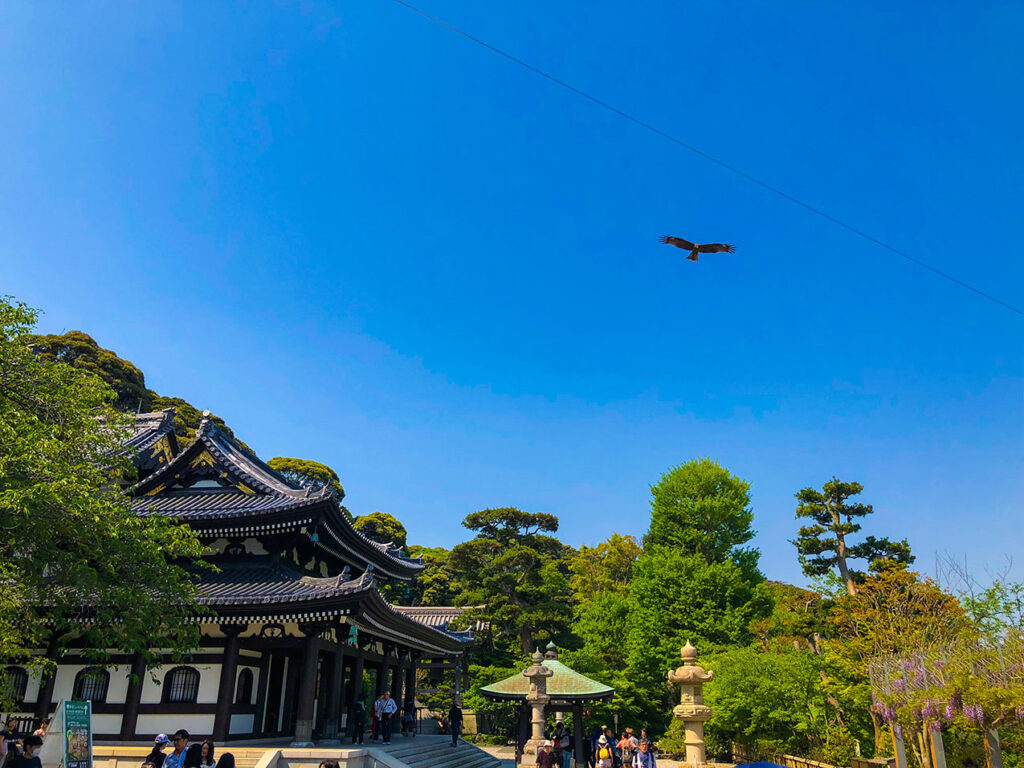
Access
Hasedera Temple is located a five-minute walk from Hase Station, the third station from Kamakura along the Enoden railway line. The Enoden is a streetcar-like train that connects Kamakura with Enoshima and Fujisawa. Its terminal station in Kamakura is located just next to JR Kamakura Station.
Hours and Fees
Open: 8:00 to 17:30 (until 17:00 from October to February)
Closed: Open Year Round.
Admission: 400 yen for adults and 200 yen for children under 12
Entry
When you arrive at Hasedera Temple, the first thing you will notice is the iconic pine tree that leans towards the entrance to the temple. As if protecting it from the elements.
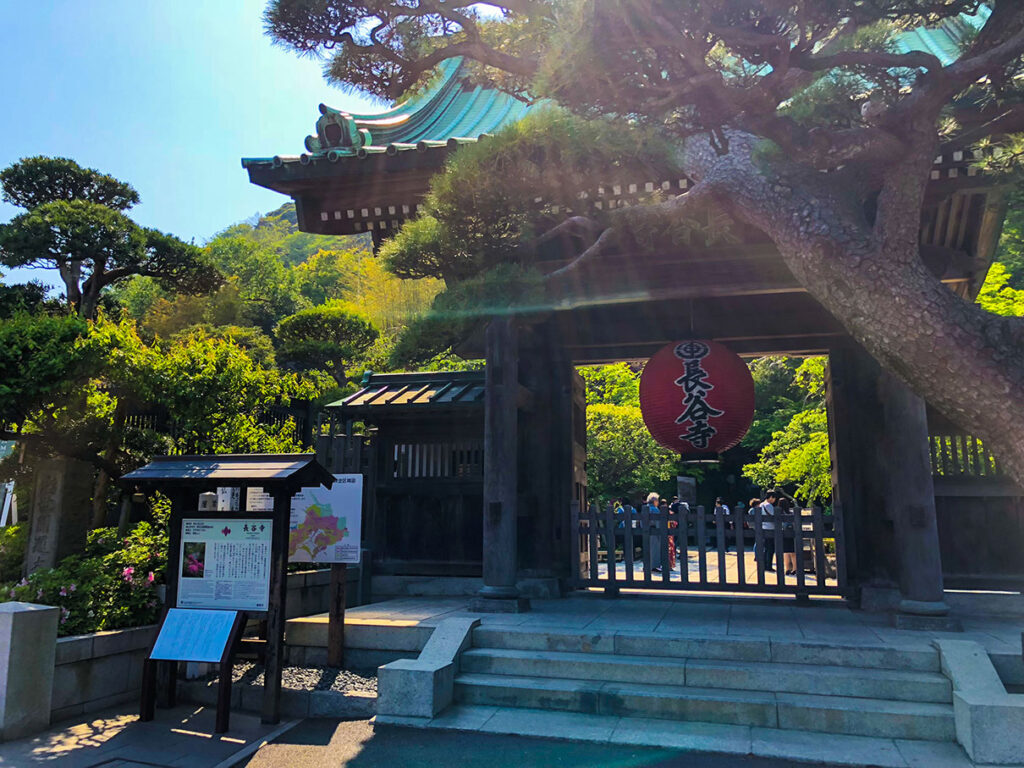
Gardens
When you enter through the ticket booth, you step right into the beautiful gardens—these welcome visitors with a spread of blooms throughout the year. I was shocked to find such an incredibly diverse variety of flora and fauna as I explored the garden. It was totally unexpected for me, and I think these gardens are widely underrated as one of the best in Kamakura. In the winter, you can find ume blossoms and narcissus sprouting up.
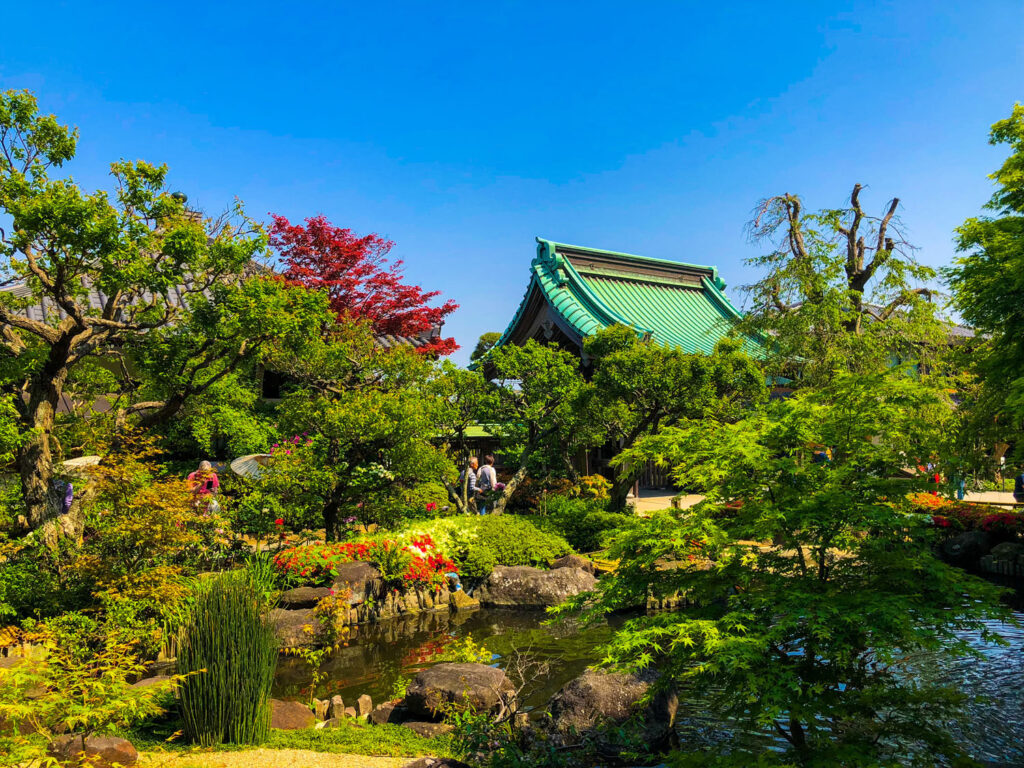
In the spring, the sakura petals fall on the green grass, and 150 varieties of bright white, red and pink peonies cover the bushes. Summertime brings lotus blossoms and hydrangeas that pop open all over the hillside. In the fall, the red spider lilies bloom along with floral Hibiscus’.

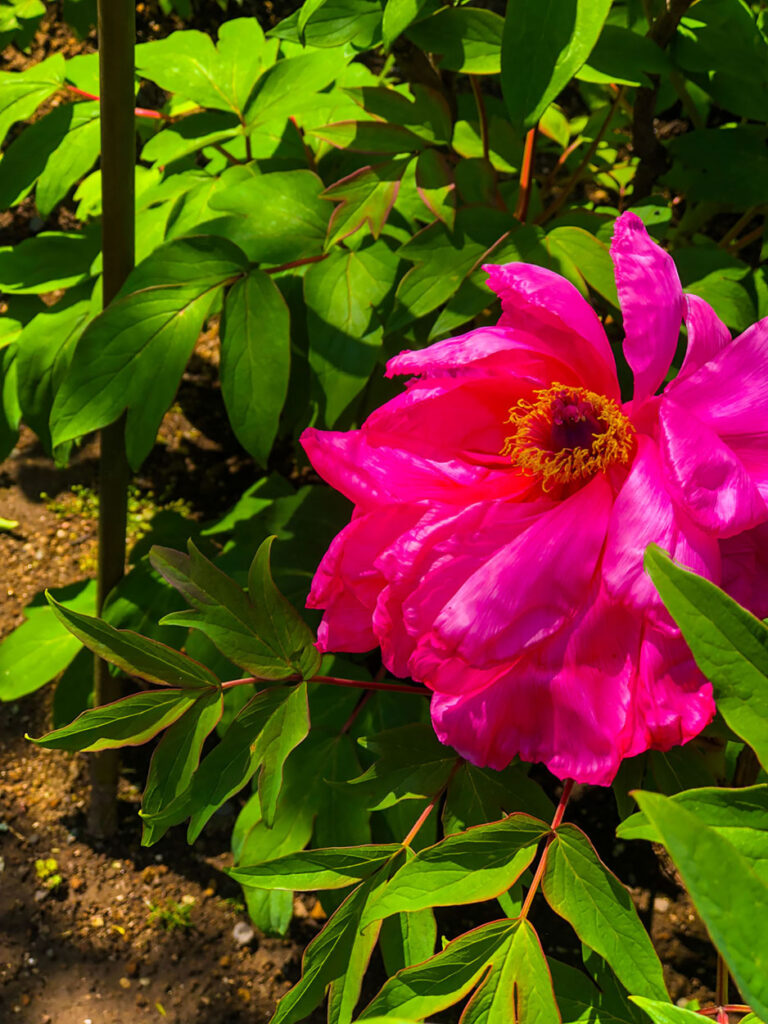
Benten-kutsu Cave
To the right of the entrance, be sure to visit the mysterious Benten-kutsu Cave. The Benten or Benzaiten cave was a sacred place where the Buddist saint, Kobo Dashi, practiced in the seclusion. Inside the candle-lit cave is a large statue of the Benzaiten as well as 16 of her followers.
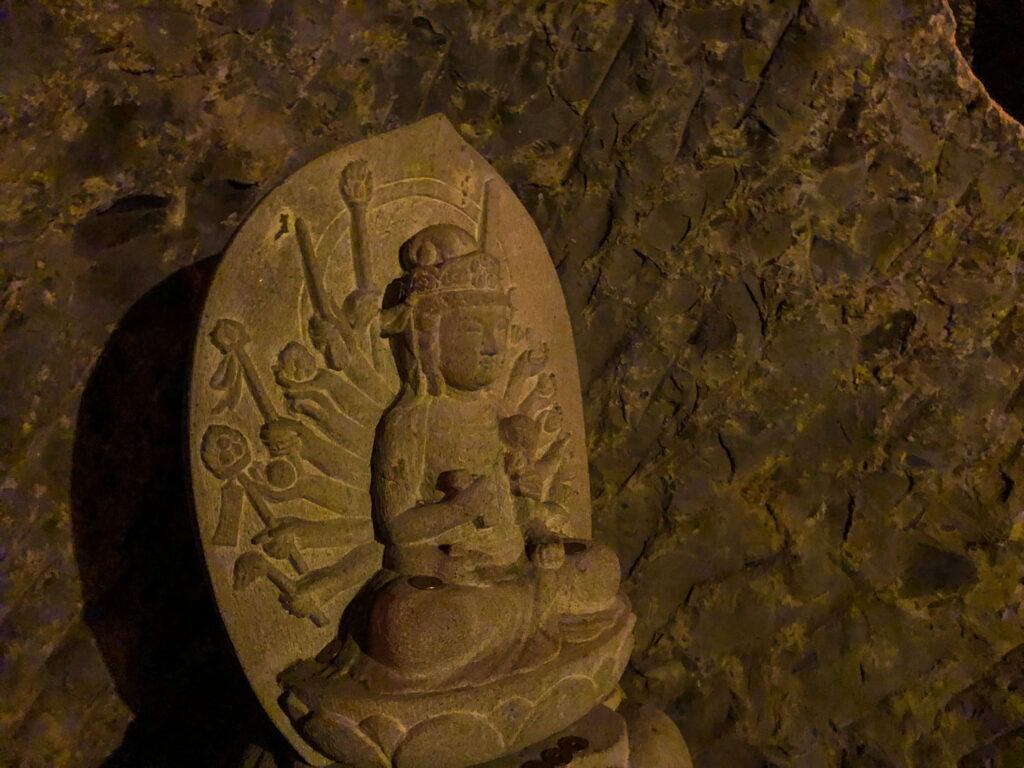
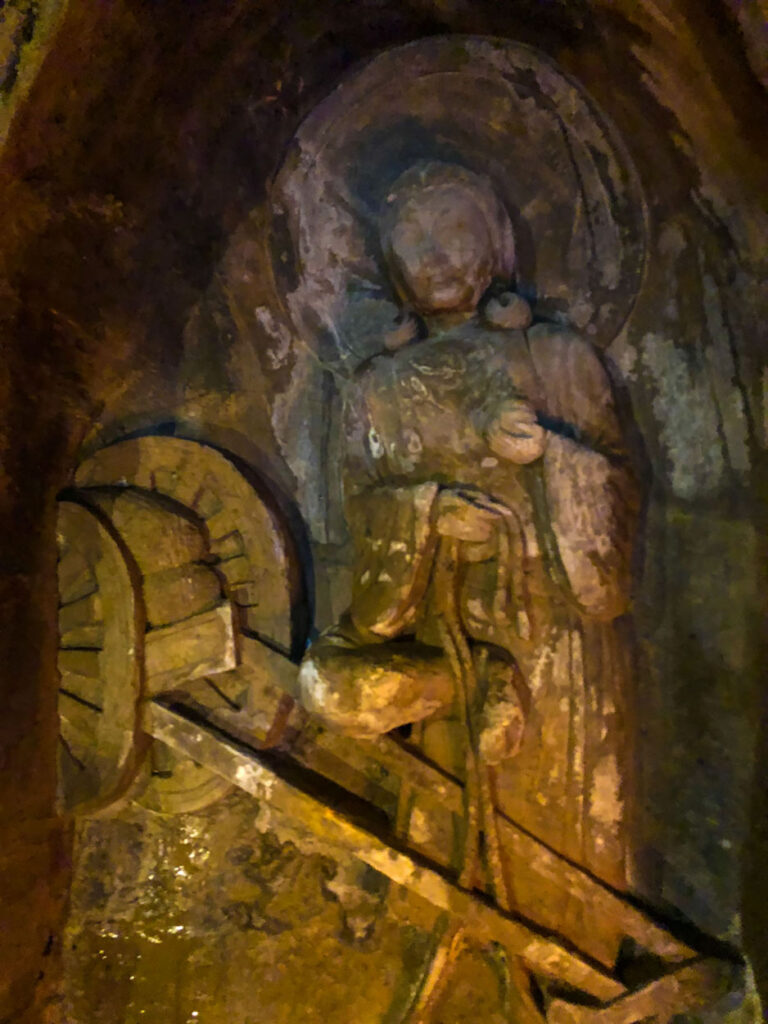


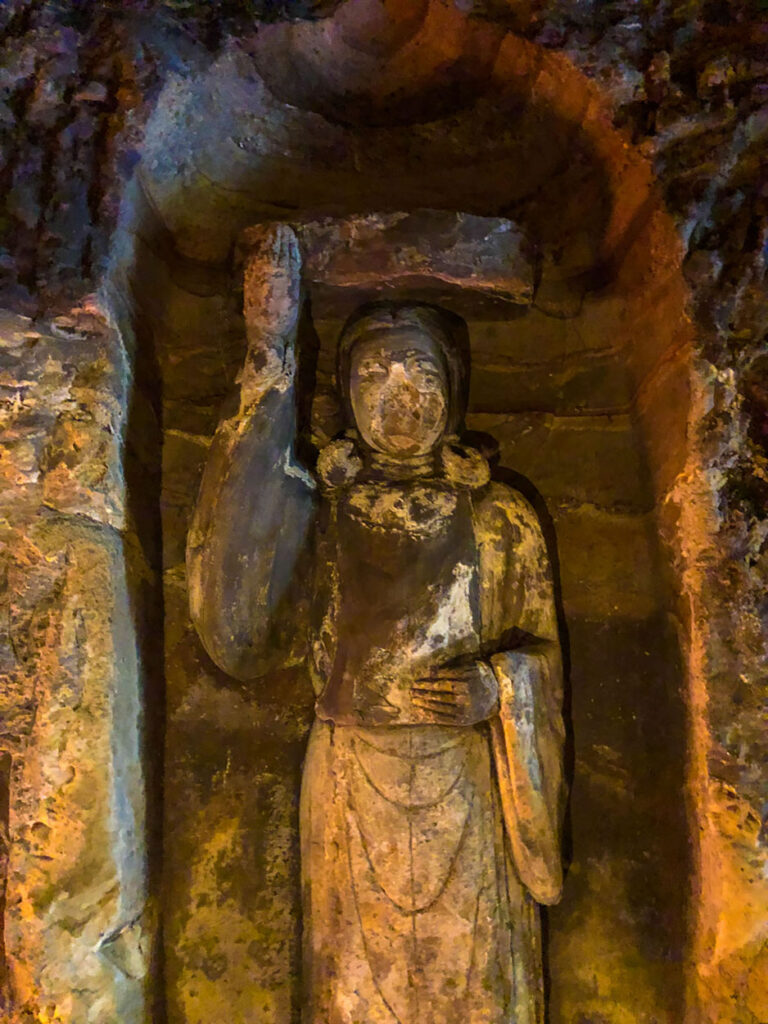
The Benzaiten is one of the female goddesses of Buddism, who represents feminine beauty and wealth. Inside the cave you’ll find thousands of tiny wooden carvings of the Benzaiten, playing her biwa. The Biwa is an ancient Japanese instrument, essentially a long neck lute. It was traditionally used in narrative storytelling. You can buy a minature of her for 300 yen and leave it here in your honour. Or just keep it as a souvenir, either way, the money goes towards the temple.


Jizo Bodhisattva
As you climb the hill to the upper temple, you will notice the hundreds of statues that line the staircases and hillside. These are statues of the Jizo Bodhisattva, the guardian deity of children who help guide their souls to paradise. When the temple was first built, parents would come here and dedicate a statue to their children to protect the Kannon. Over the years, the symbolism of Jizo statues has changed. Today, they are markers of the souls of children who were lost to miscarriage or stillborn children. Some of the statues are tied with bibs or hand-knit clothing. Never forgotten by their would-be mothers.

While knowing this makes the rows and rows of tiny statues a seemingly sad image, their smiling faces tell another story. That their souls are at rest, and they are happy wherever they are. Each year old statues are burned or buried to make room for more, but they bring a smile to many faces they greet while they remain.
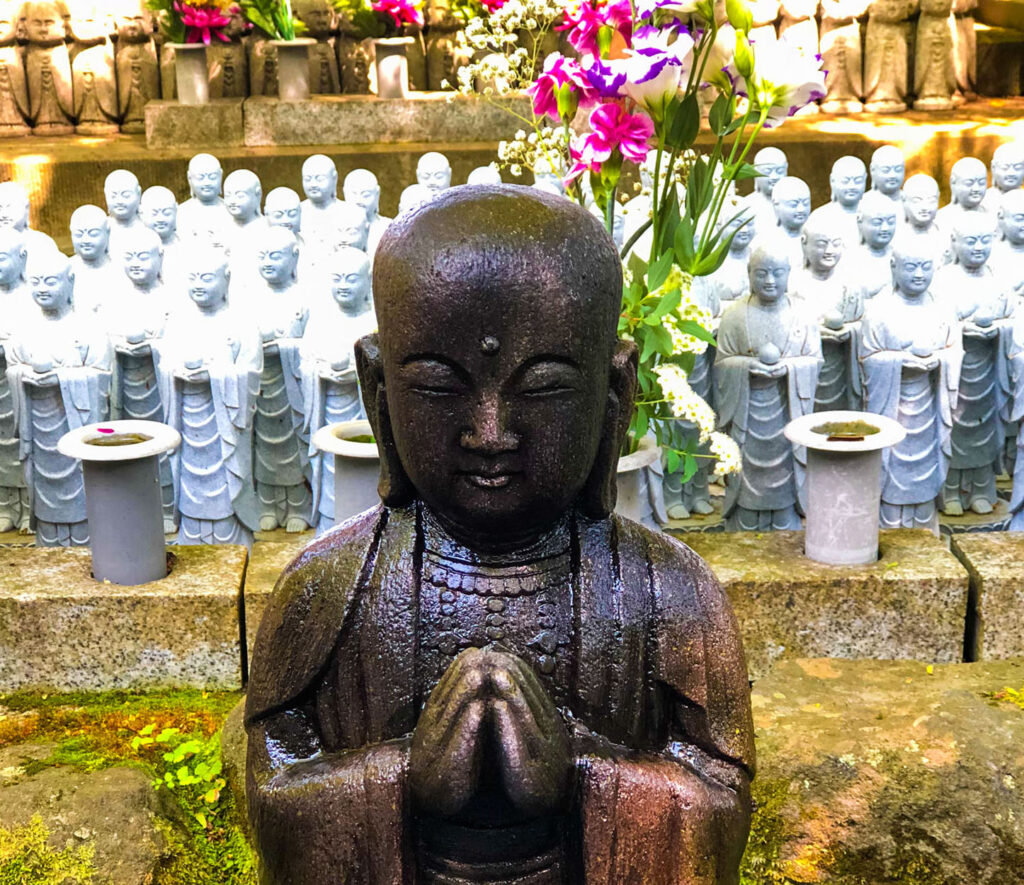
Inari Shrine
Another stop to make along the stairs towards the top is at the Inari Shrine. Inari shrines are a type of Japanese shrine used to worship a particular deity. These shrines aren’t inside the typical building but instead marked by a series of vermillion torii gates. Along the edges of the shrine, there are walls with wooden plaques called the ema. These plaques are left with messages from people who come to pray at the shrine. Typically the ema are in the form of the deity of the inari shrine. In the case of this shrine, we find one of the most peculiar deities, the oyster!
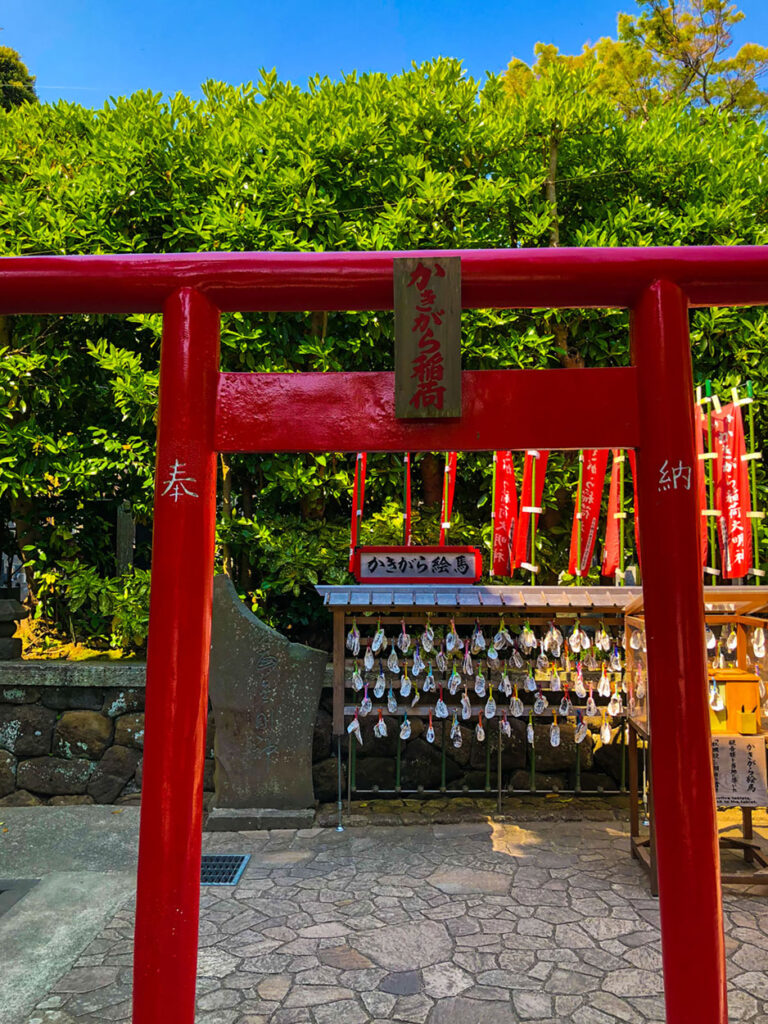
The oysters or kakigara were thought to protect the Kannon Goddess statue while she was at sea. The oysters clung to the wooden figure to protect her from damage or any other predators. The walls here are covered in shells representing the precious kakigara.

Shoro Belfry
When you finally reach the top, the first thing you will see is the Shoro Belfy. This great bell was initially made in 1264 and is the oldest bell in Kamakura. It is rung every morning at 8 am when the gates to the temple open.
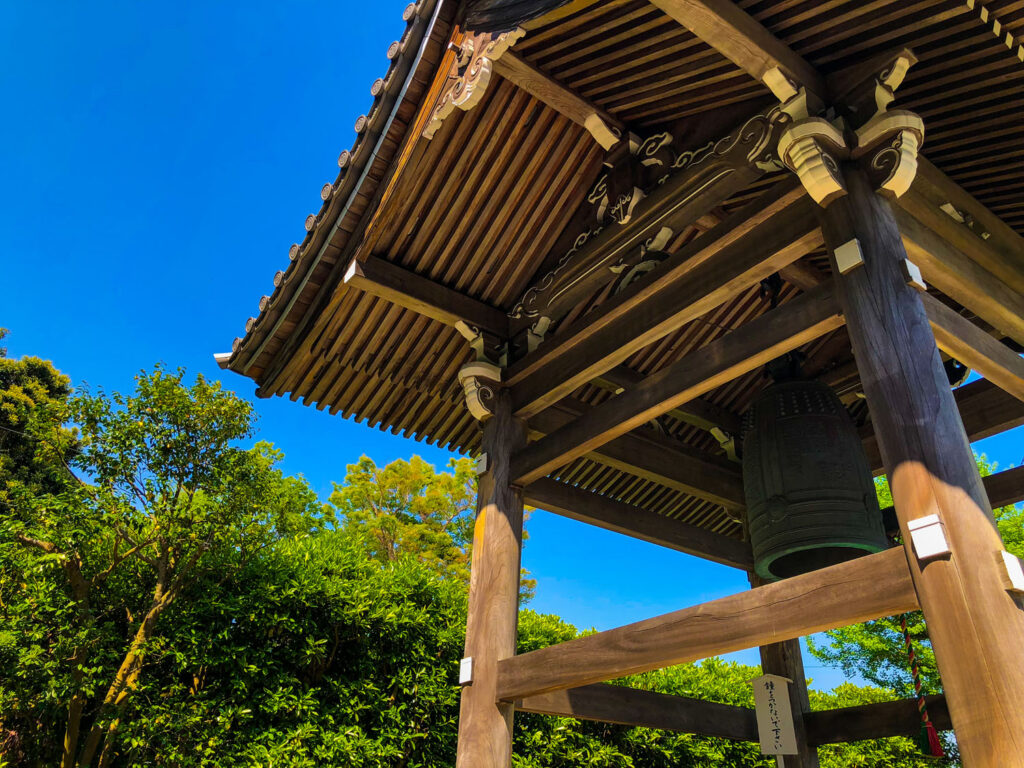
Amida Hall
The grand temple at the top is actually made up of three different buildings. The first of which is the Amida Hall. The Amida is the “Buddha of Immeasurable Light and Life.” Inside the building, you will find a golden statue of the great Amida. This Buddha is thought to promise rebirth to all those who chant his name.
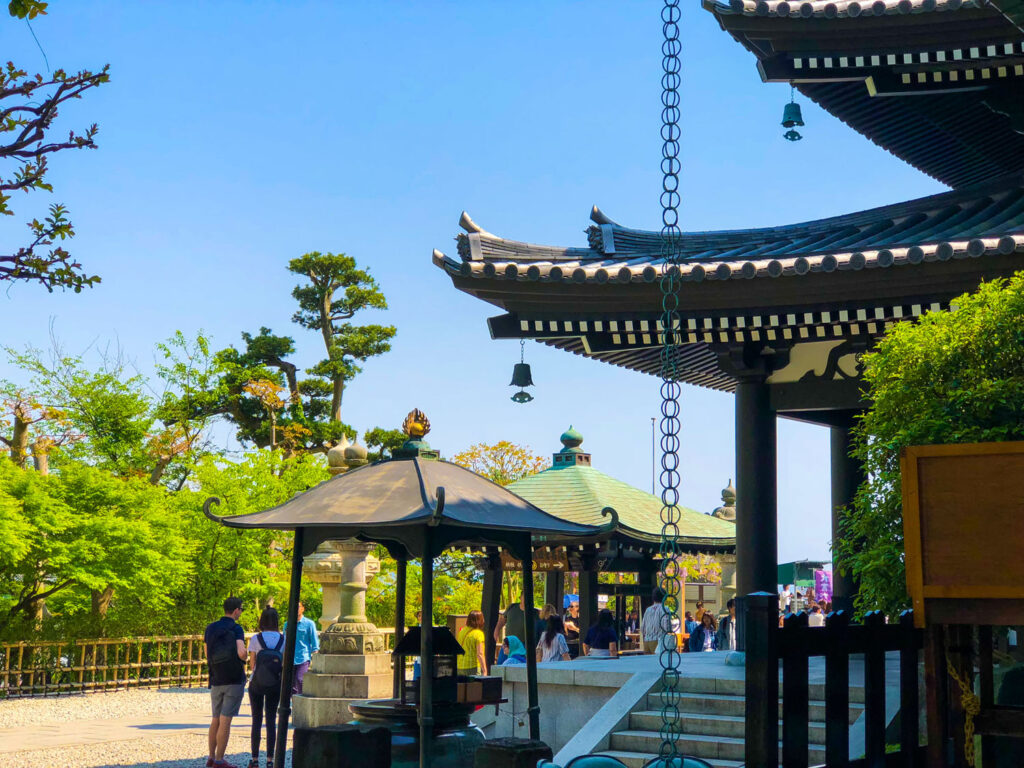
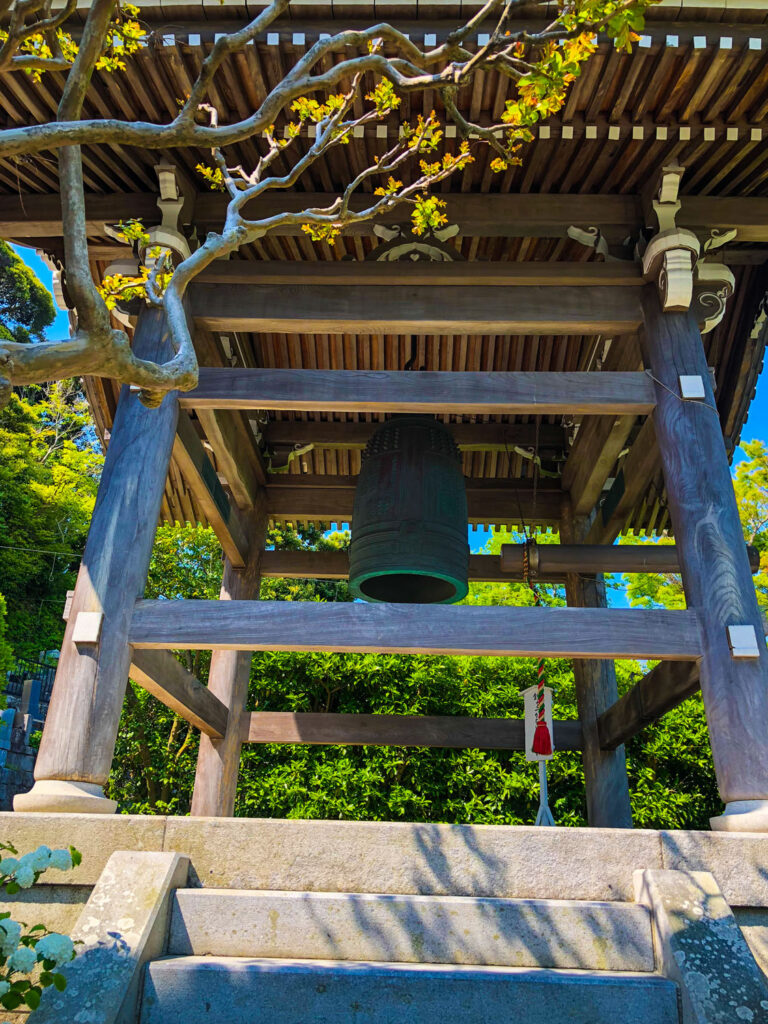
Hondo, Main Hall
Inside the Hondo, or Main Hall, is where you’ll find the great statue of the Kannon Goddess. The Kannon Goddess is one of the most precious relics of Japan. It is the tallest wooden statue, standing at 30 feet tall! Legend has it that two figures were carved out of a giant sacred tree. One was sent to the temple in Nara, and the other was thrown into the water.
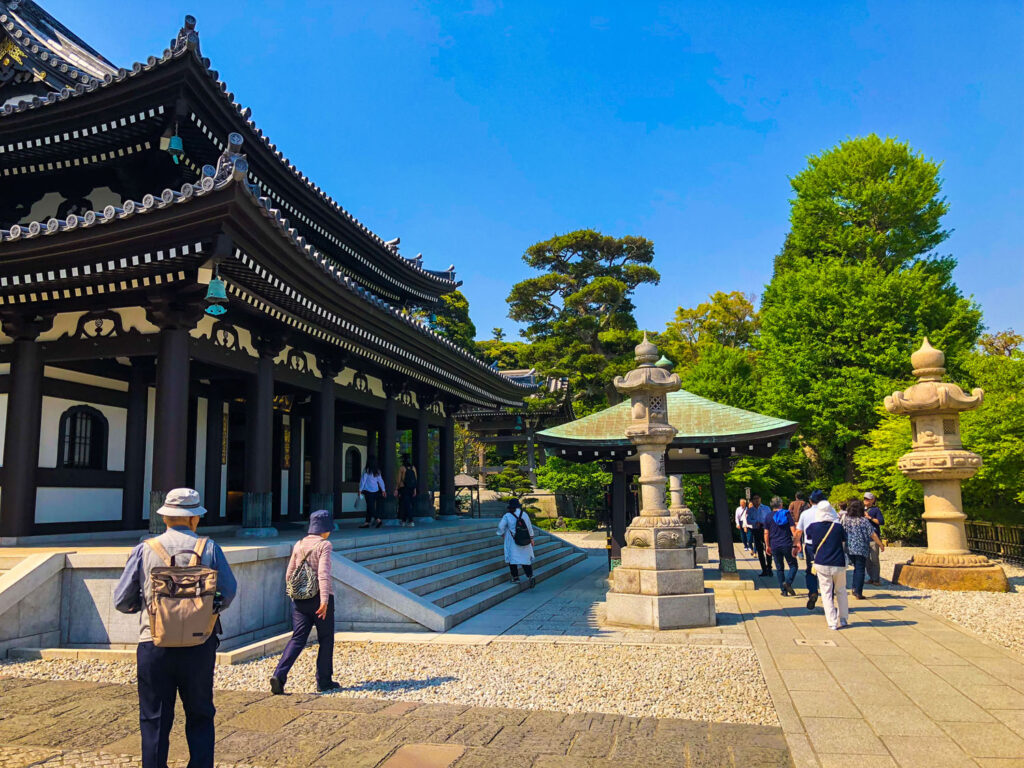
It was said that wherever the statue reappeared would be a new sacred place. After 15 long years, the statue turned up on the shores near Kamakura, and the temple was built in its honour in 726 AD. The Kannon Goddess is the Goddess of Mercy. She is an 11-headed spirit, each head representing a different phase in the search for enlightenment.
Restaurant and Cafe
Atop the hill, there is a panoramic view of Yuigahama Beach. You can enjoy the view while sitting outside the cafeteria on the long communal tables.
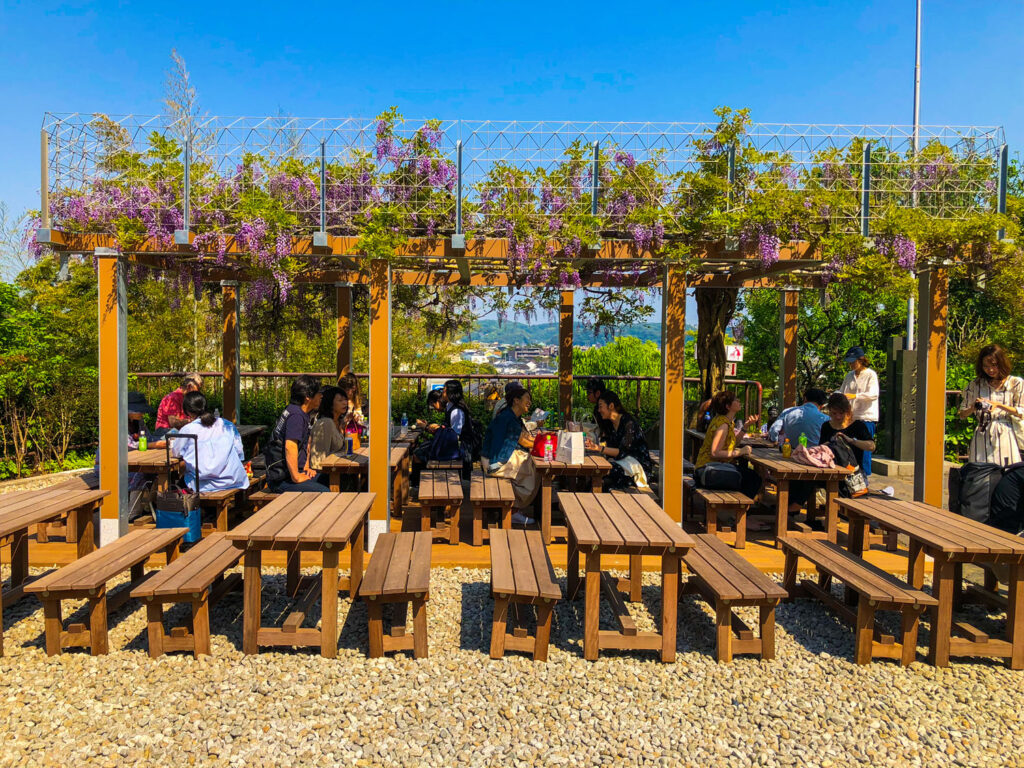
Get something to drink or have a cold ice cream cone to enjoy in the summertime. Either way, this is the best place to see over all of Kamakura.
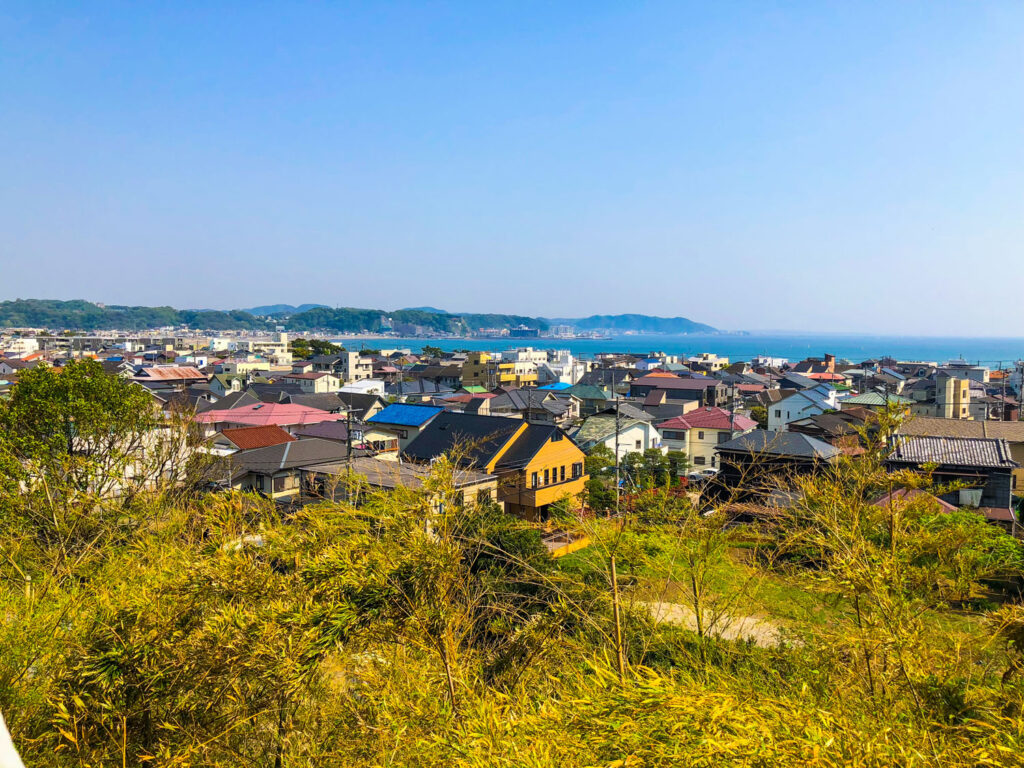
Prospect Path
To head down from the top, take a walk along the Prospect’s path that winds down the mountain’s western side. This pathway is famous in the summer when it is littered with multi-coloured blooming hydrangeas.
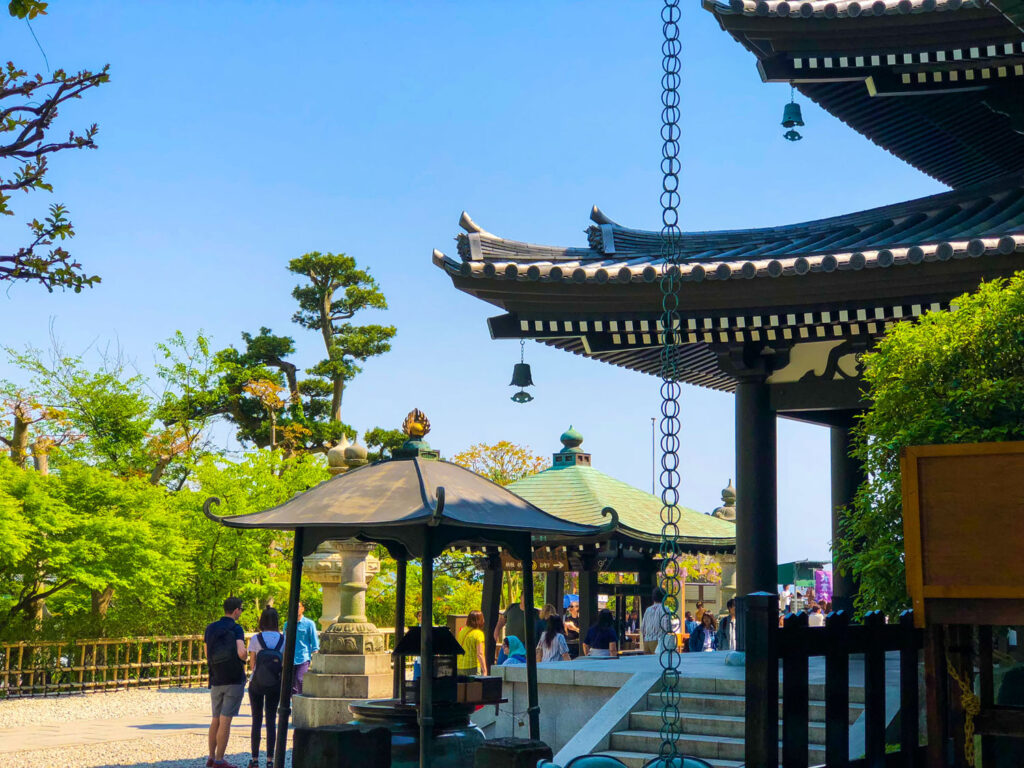
Kyōzō
Before you get to the exit at the bottom of the path, you come across the beautiful secret bamboo forest. In the center of the forest is the Kyōzō. A Kyōzō is a repository for Buddhist scriptures or sūtras. Each one of these was handwritten in beautiful Japanese calligraphy then rolled into a cylinder. Each of the rolled scrolls is placed inside a central pillar, which revolves. This is called the rinzō or wheel repository.
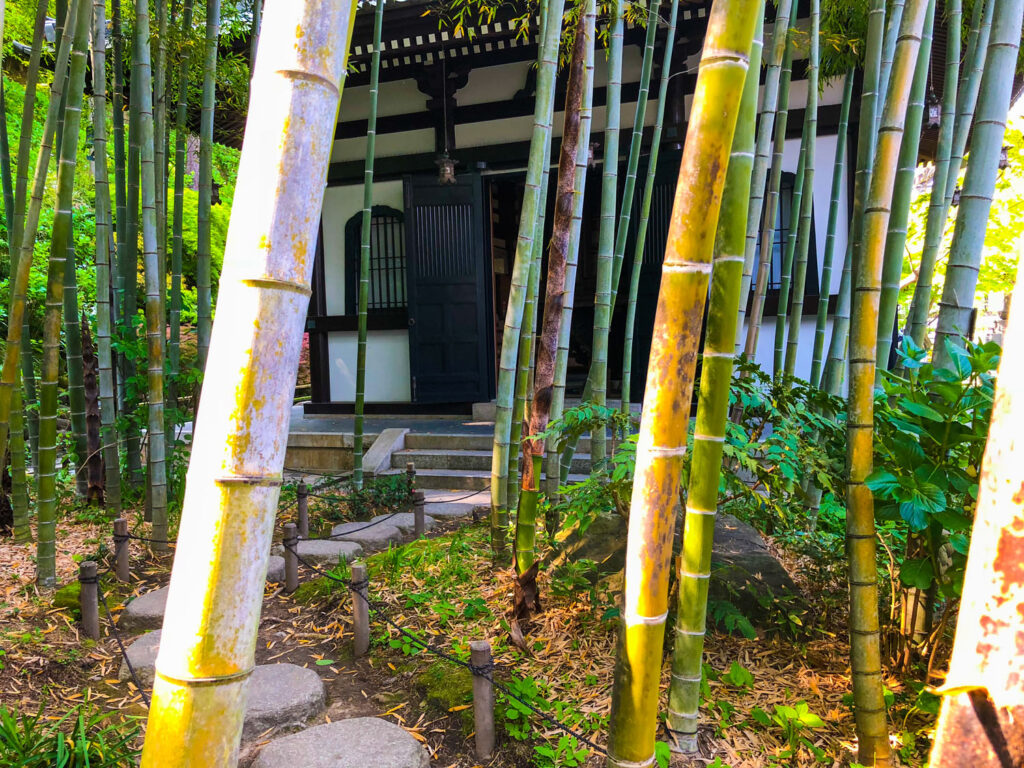
Pay special attention to the large wood cylinders along the wall. These are called “mani” or prayer wheels, used in Tibetan Buddhism. It is believed that when you turned this mani, you will receive the same virtues when the correct prayers are recited. This is perhaps one of the most overlooked parts of the temple complex, and yet, as a bibliophile, I found it to be one of the best interests of the tour.
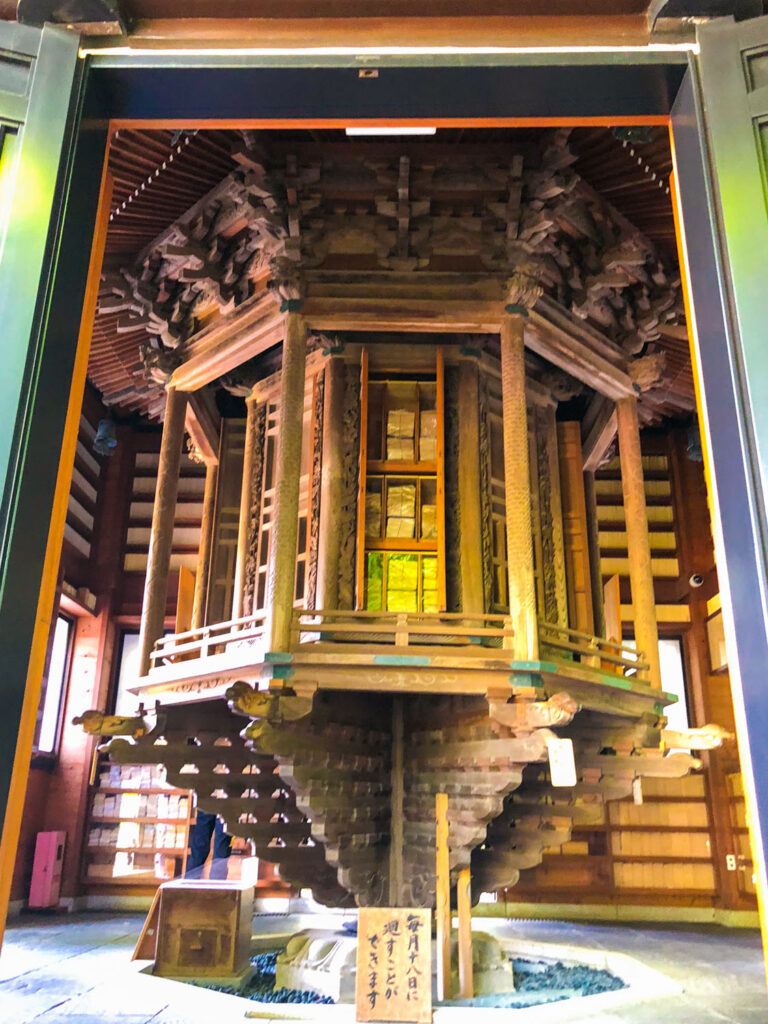
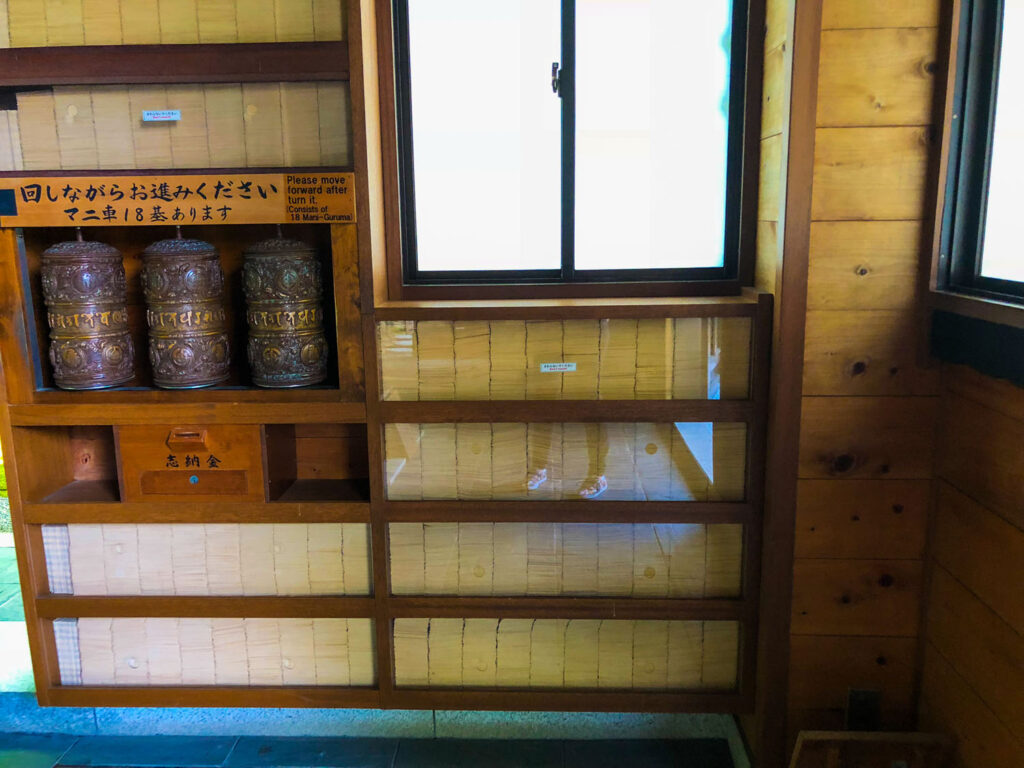
Hasedera Temple was my favourite spot in Kamakura, despite the fact that it is one of the lesser known temple in this amazing city. Be sure you make a stop here on your next trip to Kamakura
Happy Travels, Adventurers!


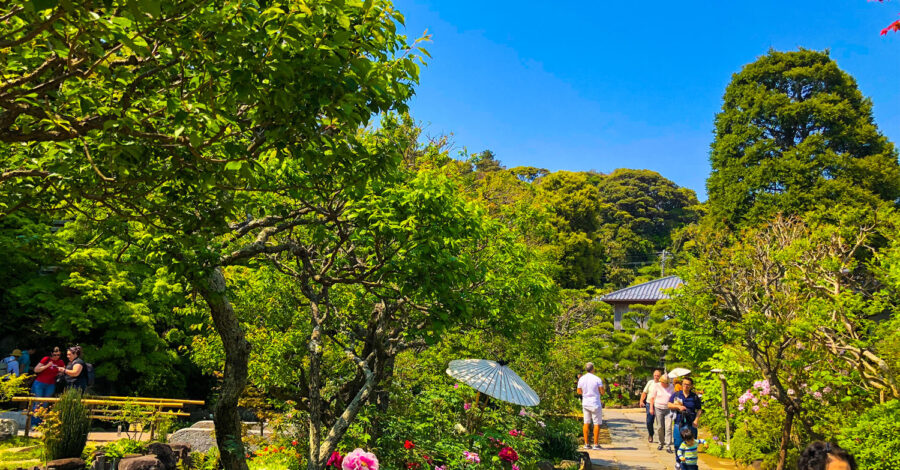
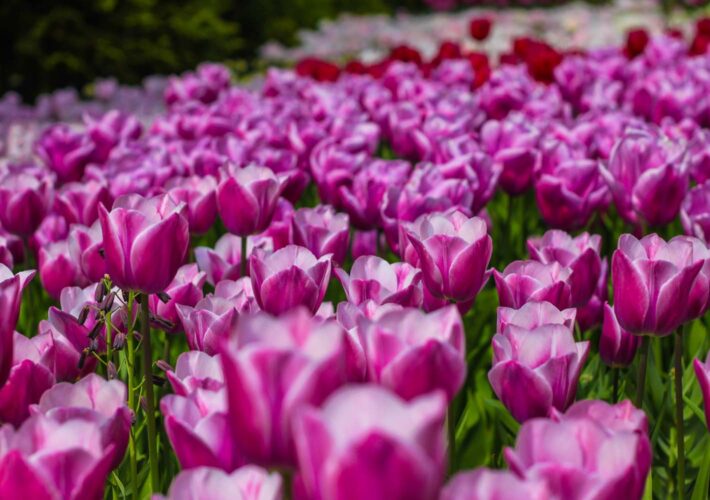

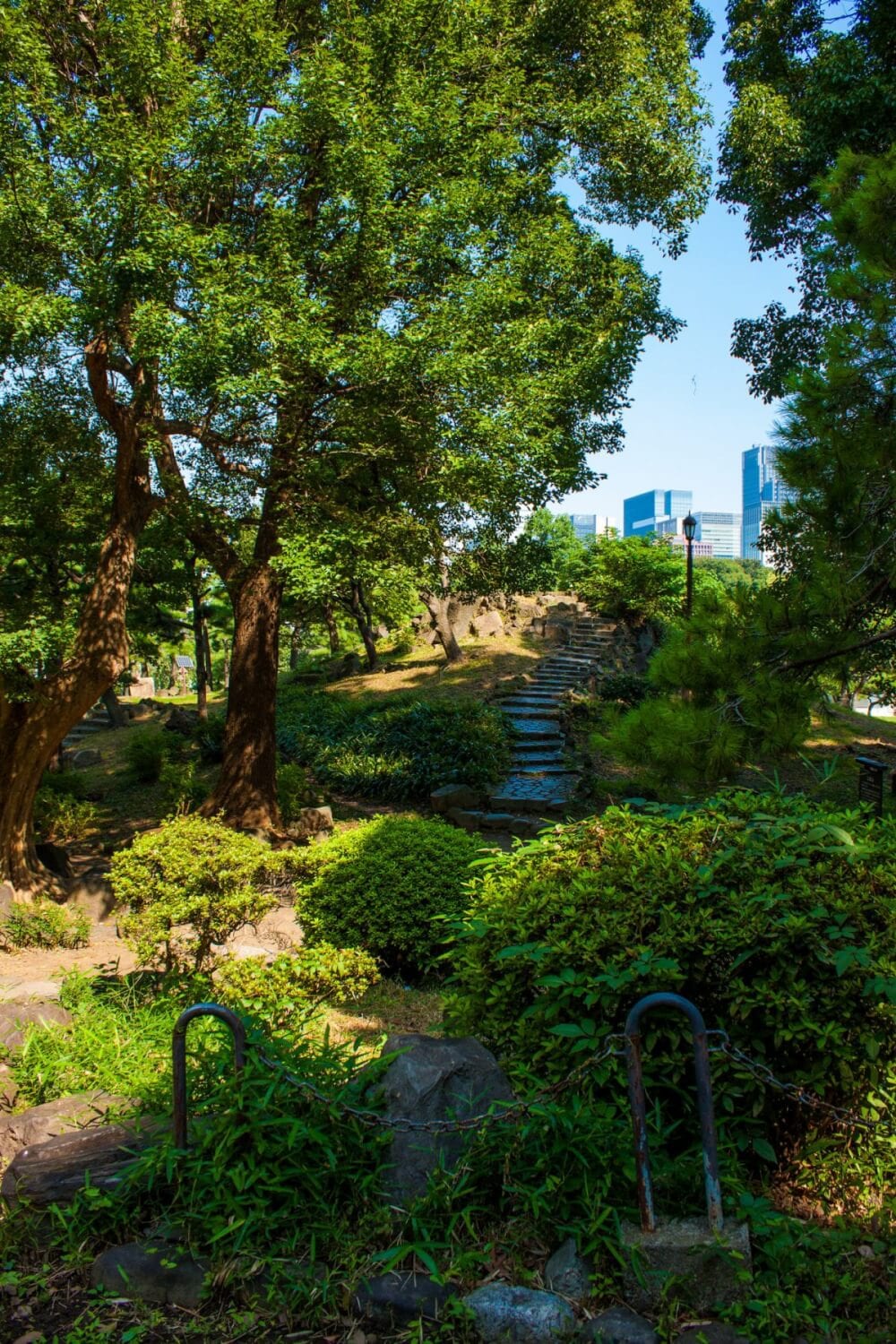
Leave a Comment